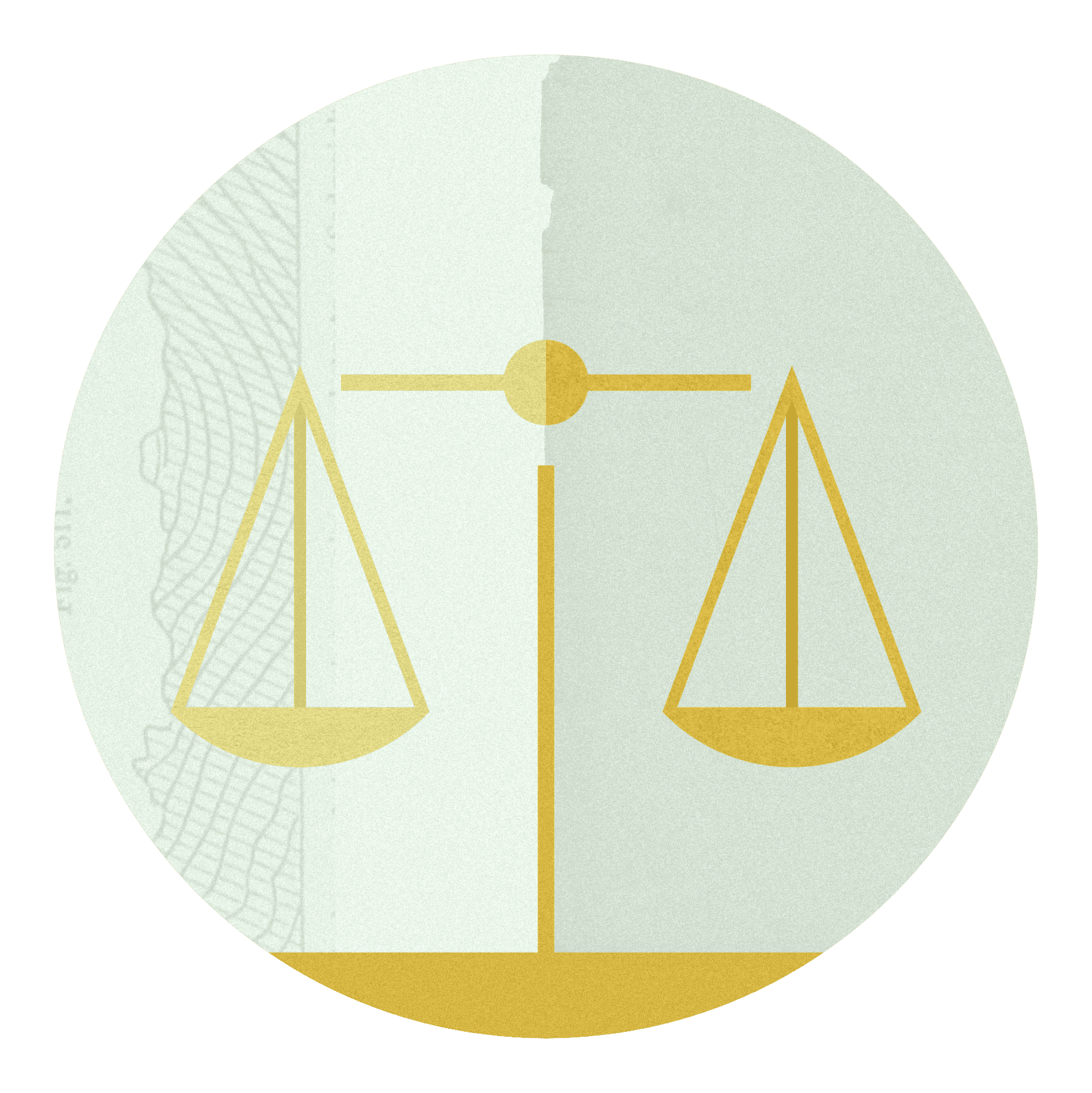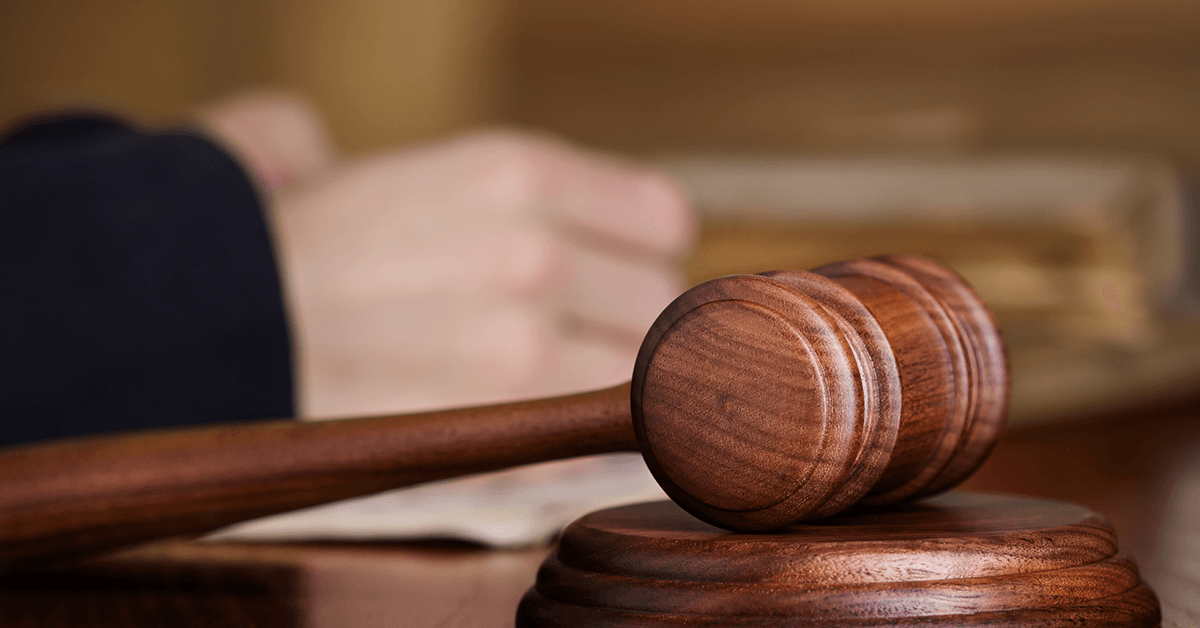Brandon Garrett was a rookie civil rights lawyer in New York when he got hooked on the questions that would define his career. Representing a 22-year-old soldier who’d falsely confessed to rape and spent 10 years in prison before being exonerated by DNA evidence, Garrett, who worked for Barry Scheck and Peter Neufeld, founders of The Innocence Project, wondered if there were patterns in the burgeoning number of exoneree cases. What did juries hear? How did false confessions happen? No one had systematically studied the trial transcripts or evidence from the first 250 exonerees’ cases, so Garrett dove in. The result was his first book, “Convicting the Innocent: Where Criminal Prosecutions Go Wrong” (Harvard University Press, 2011). Now a law professor at Duke University, Garrett continues to advocate for better evidence and true justice. His latest book, also from Harvard University Press, is End of Its Rope: How Killing the Death Penalty Can Revive Criminal Justice.
In the fall of 2018, Garrett will lead the North Carolina Criminal Justice Policy Reform Project, which will collaborate with state courts, policymakers, and researchers on innovative approaches to criminal justice reform, from pre-trial services to reentry efforts. The Charles Koch Foundation will commit $320,000 over a one-year period to establish the project.
You say there’s been an “innocence revolution” in the United States. What do you mean by that?
Twenty or thirty years ago, people commonly said that it was almost impossible to convict an innocent person in this country, because our constitutional protections are so strong and there are so many Supreme Court cases that protect the accuracy of criminal trials. Then came DNA testing and The Innocence Project, and that blew up everyone’s understanding of how criminal justice works in this country.
Beginning in 1989, when the first DNA exoneration happened, we’ve continued to see a steady stream of innocent people walk out of our prisons. There have been over 350 DNA exonerations and about 2,000 other exonerations that didn’t mostly involve DNA. The powerful stories of these people have impacted our perceptions of criminal justice.
You examined the first 250 DNA exoneration cases in depth. How did these innocent people land in jail? Forty of them had even confessed!
People never used to think that there was anything conceivably wrong with forensic science. Fingerprints, ballistics, hair—how could there possibly be a problem? Well, many people freed by DNA testing were convicted based on traditional forensics gone wrong.
People thought false confessions didn’t happen—who would confess to a murder they didn’t commit? It turns out that false confessions happen with people who are questioned for long periods of time. It also turns out that eyewitnesses don’t just make mistakes if they have eye problems or if it was really dark out, but that police lineups, if they’re done badly, can actually change an eyewitness’s memory. We now have thousands of studies showing exactly how that happens.
Can you share a particular case that demonstrates how badly juries can be misled by faulty evidence?
I wrote about Henry McCollum and Leon Brown in my chapter for the Academy for Justice report . North Carolina brothers convicted for the rape and murder of an 11-year-old in 1988, they had described to a T exactly how this horrific murder happened. That stuff wasn’t in the press; police are trained not to disclose key details about an investigation to journalists. After 30 years, after having been on death row, after having come very close to execution in North Carolina, DNA testing exonerated them. Now we know that they couldn’t have volunteered those details, and that the police must have leaked that information. People don’t tend to realize that a confession statement can not only be false, but that it can seem really true. Unless interrogations are videotaped, there’s no way to really know who said what.
What about all those CSI shows where analysts can tell instantly that a bullet came out of a particular gun, or a bite mark belongs to a particular person. Is that science reliable?
Unfortunately, high-profile reports by scientific bodies over the last decade conclude that nothing aside from DNA can reliably connect evidence from crime scenes to individuals.
You have chilling cases where someone came into court and said, “I’m an expert, I’ve testified in thousands of cases, I’ve looked at thousands and thousands of bite marks, fingerprints, whatever—I’m as well-trained as it gets, and this is a match.”
This type of testimony is incredibly powerful. The problem is that it’s based on experience and judgment, and some people are more skilled than others. People have been convicted, even sentenced to death, and it turns out that the bites or hairs aren’t even human bites or hairs. Some forensic techniques are so unreliable that scientists now say they shouldn’t even be used in criminal cases. The FBI has now audited thousands of its old hair cases and found that more than 90 percent of the time, its analysts said things that weren’t supported by science.
So if even well-trained people make mistakes, what’s the remedy?
It’s okay to rely on expertise that’s experience-based—lots of professionals do work that’s based on their judgment. But you have to know how good the experts are, and what their error rates are. Finally, in the last few years the scientific community has started to support error testing. There’s good information to be had by comparing fingerprints, for instance, but mistakes are made. You need quality control; you need a supervisor check the prints. Even DNA testing has an error rate. Finally, labs are starting to institute some of these quality controls. It’s a little terrifying, though, to think that they weren’t there for decades and decades.
If the reforms you suggest were in place, what would our trials look like?
Very few cases even go to trial—everything is plea-bargained in this country. In some ways it’s “game over” once the fingerprint examiner says it’s a match, or once the eyewitness says, “That’s the one, I’ll never forget that face.” So the most important thing is to collect the evidence in an accurate way. That’s why more police departments are doing blind lineups, so that there isn’t bias in the process of showing images to an eyewitness. That’s why it’s important to videotape interrogations, so that you can tell whether the person really is confessing. You want police and prosecutors to have good information long before a case goes to trial. Policing organizations have embraced this, with leading groups like the Major City Chiefs Association and the International Association of Chiefs of Police saying things like: We want to convict the guilty, we want to clear the innocent, and if there is new science and new techniques that we can use, we’re all for it.
You sound hopeful that things are changing for the better.
There’s really been a sea change. We can thank the exonerees, who endured horrible tragedies and have been brave about telling their stories. We can also thank researchers who, knowing that innocent people have gone to prison, are taking this problem seriously. There is a lot more that we can do to improve the accuracy of evidence, and technology will continue to help. I think we’re still in the beginning of the innocence revolution in this country.
Editor’s Note: This piece was updated on July 31 to reflect the announcement of Duke University’s interdisciplinary project on criminal justice reform.











